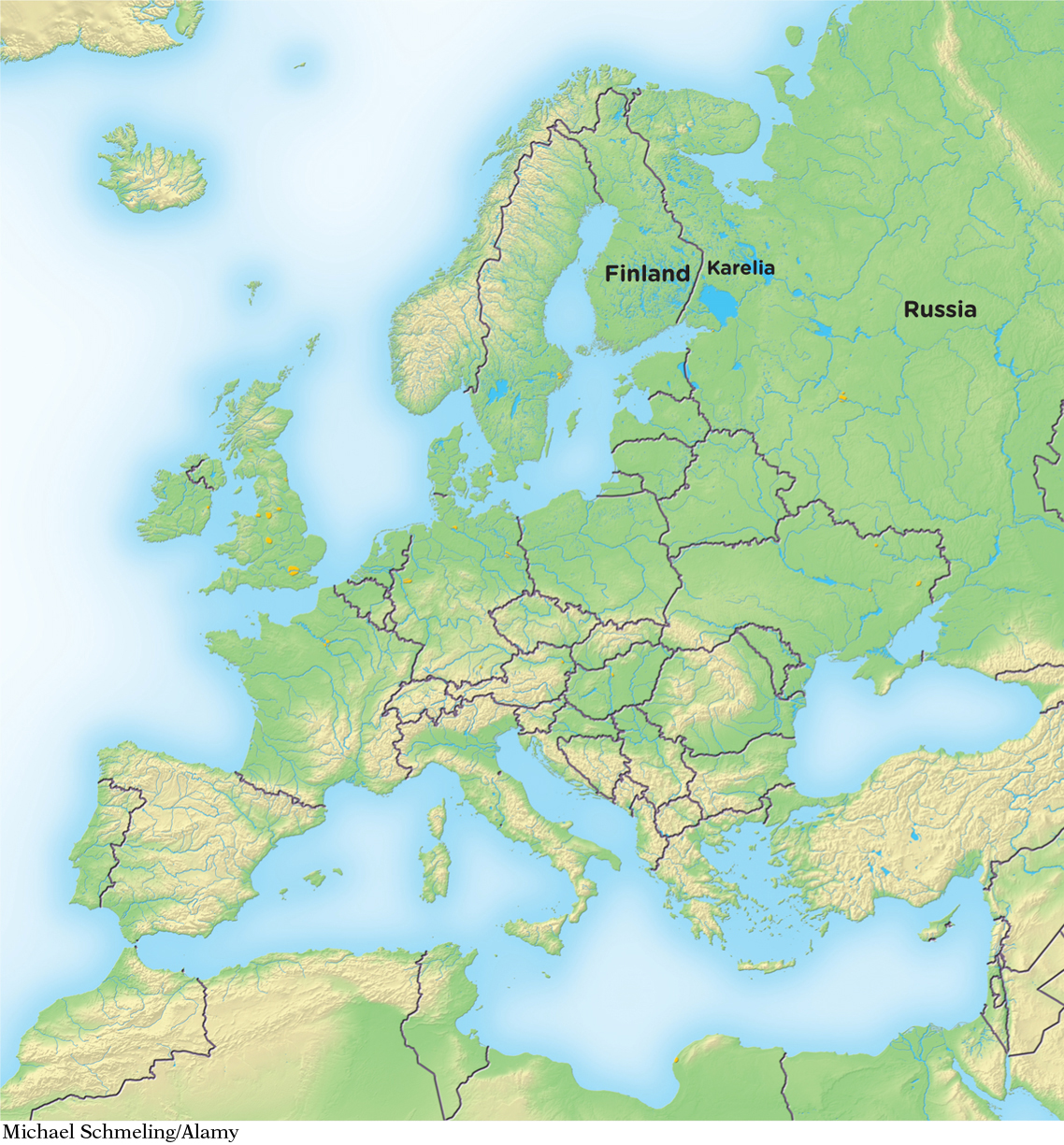Chapter Introduction
18
CHILDHOOD NUTRITION

415
LEARNING OBJECTIVES
Identify four primary objectives for sound nutritional guidance for children (Infographic 18.7)
Provide an overview of patterns of growth and development from preschool-
aged children to early adolescence (puberty) (Infographic 18.1) Describe how body mass index is used to assess if children are at a healthy weight for their age (Infographic 18.1)
Identify at least three nutritional challenges for children and adolescents (Infographic 18.2)
Describe how changes governing the types of foods that are offered at schools are expected to improve the nutrition profile of school meals (Infographic 18.4)
Describe how parents can use MyPlate to help in planning a healthy diet for their children (Infographic 18.7)
Describe at least three ways parents can foster positive eating habits and food choices (Infographic 18.7)
Discuss the consequences of childhood obesity on future health (Infographic 18.9)
Describe how food allergies develop, and identify four food allergens that are common among children (Infographic 18.10)
After World War II, a portion of Eastern Finland fell under Russian control. Today known as Russian Karelia, this area is inhabited by Russians as well as former Finns, and to scientists it has presented a fascinating opportunity to research environmental effects on health. “These two populations share partly the same ancestry, but differ in many lifestyle-
416

Thanks to a collaborative effort between Russia and Finland, scientists—
Kondrashova and her colleagues have shown that these same health disparities exist between Finland and Russian Karelia. Rates of autoimmune diseases are significantly lower on the Russian side; in fact, rates of type 1 diabetes are six times lower in Russian Karelia than in Finland, even among the Karelian residents who are genetically closest to the Finns. Celiac disease is less common in Russian Karelia than in neighboring Finland, too.
The hygiene hypothesis, which Kondrashova’s findings support, is one of several theories that could explain the rising prevalence of allergies, including food allergies, in industrialized countries. Food allergies are thought to affect nearly 5% of U.S. adults and 8% of U.S. children and are becoming more commonplace every year. A 2008 study by researchers at the United States Centers for Disease Control and Prevention (CDC) reported an 18% increase in food allergies between 1997 and 2007.
417
Because food allergies limit certain food choices, they may make it more difficult for some kids to get the nutrients they need, particularly in children who have allergies to cow’s milk and in those who are eliminating multiple foods. But potential nutritional shortfalls can be prevented with proper dietary guidance. According to the Academy of Nutrition and Dietetics, all children—